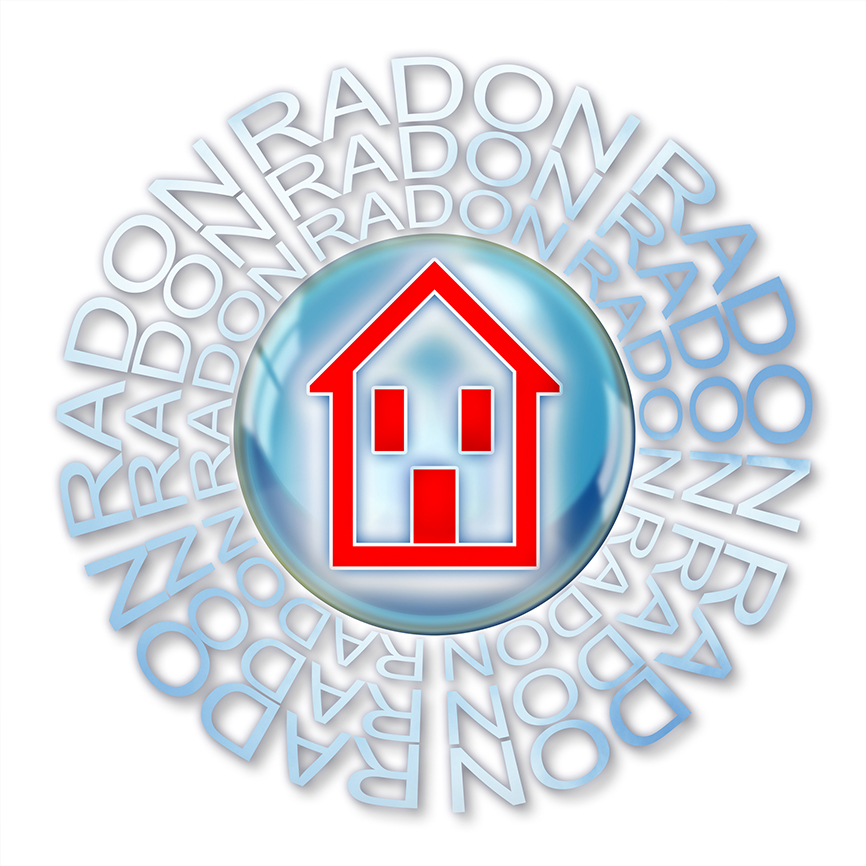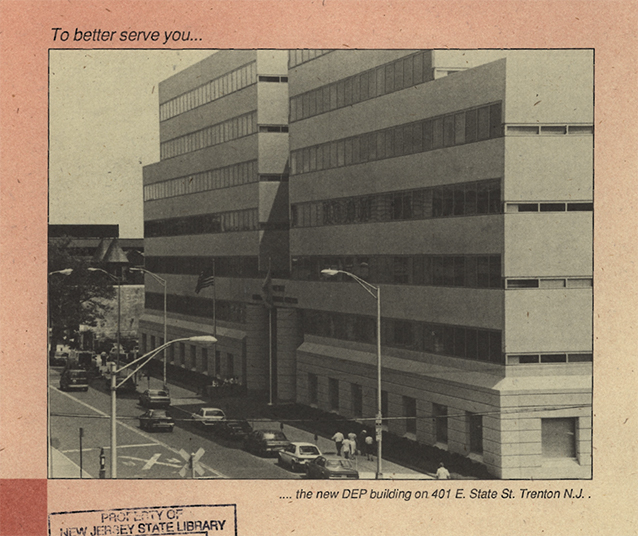May 5, 2020
DEP Milestones: It’s 1986,
Dollars Allocated for Determining Levels of Radon Danger in Homes
Who could that be? Perhaps a baseball player who just scored a run from third base. Or someone trying to stay healthy amid a worldwide health crisis.
 Home always has been considered a safe place, a place free from worry and fear – where we go to leave our troubles behind. But in 1986, it became apparent in New Jersey the very place that was a sanctuary also could harbor a silent, unseen danger – radon gas.
Home always has been considered a safe place, a place free from worry and fear – where we go to leave our troubles behind. But in 1986, it became apparent in New Jersey the very place that was a sanctuary also could harbor a silent, unseen danger – radon gas.
In New Jersey, there is a uranium-rich geological formation called the Reading Prong, an area that stretches from Pennsylvania through northwest New Jersey and into southern New York state, according to the DEP’s radon information page. Testing has shown that homes in the area have high indoor levels of radon. Additional checking in other areas of New Jersey led the DEP to conclude that radon is a statewide health issue.
The DEP page indicates that radon can move easily through soil and tiny cracks in rock. Outdoors, it disperses and is diluted to very low levels, but when it moves upward through soil beneath a home, it can enter the house through cracks or other openings in the foundation and build to unacceptable levels. Inhaled radon can damage lung tissue and increase the risk for lung cancer.
And now, a look at 1986 …
In October 1986, the DEP’s Radiation Protection Element was established to consolidate radiation oversight responsibilities of several state agencies and commissions.
The world had just witnessed the worst nuclear power plant disaster in history: the explosion and subsequent meltdown at Chernobyl in the Ukrainian Soviet Socialist Republic, just six months earlier on April 26. Public concern about radiation safety had been building for years, following a nuclear incident at Pennsylvania’s Three Mile Island in 1979, and growing awareness of the dangers of radioactive industrial waste.
However, in 1986, a different kind of radiation threat was becoming apparent – naturally occurring radon gas, quietly seeping from soil into basements, homes and other indoor spaces.
New Jersey first became aware of the danger of indoor radon gas in December 1984, when a nuclear plant worker in neighboring Pennsylvania set off the radiation monitors at his workplace and was discovered to have been contaminated – not at the nuclear plant, which was still under construction – but from radon gas emanating from beneath his own home. The house was located on the Reading Prong.
In 1986, the state Legislature passed bills appropriating $2.6 million for the DEP to assess the hazards of radon across seven central and northern New Jersey counties. Funding also was established for the DEP to develop a licensing program for consultants who conducted radon testing and mitigation.
 The year was especially notable for the DEP because it also moved into new headquarters at 401 E. State St.
The year was especially notable for the DEP because it also moved into new headquarters at 401 E. State St.
The department also was undergoing a number of internal changes and developments, particularly in technology: a new DEP Data Center, with its own mainframe computer (an IBM 4381), marked its first full year of operation; and DEP employees had been attending in-house training sessions – more than 100 staffers were being offered an “Introduction to the Microcomputer.”
###